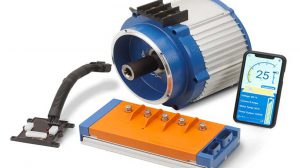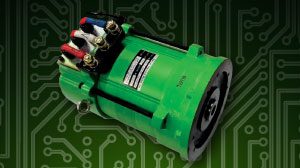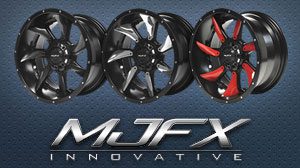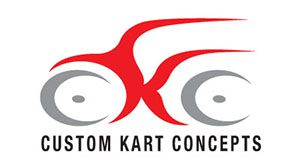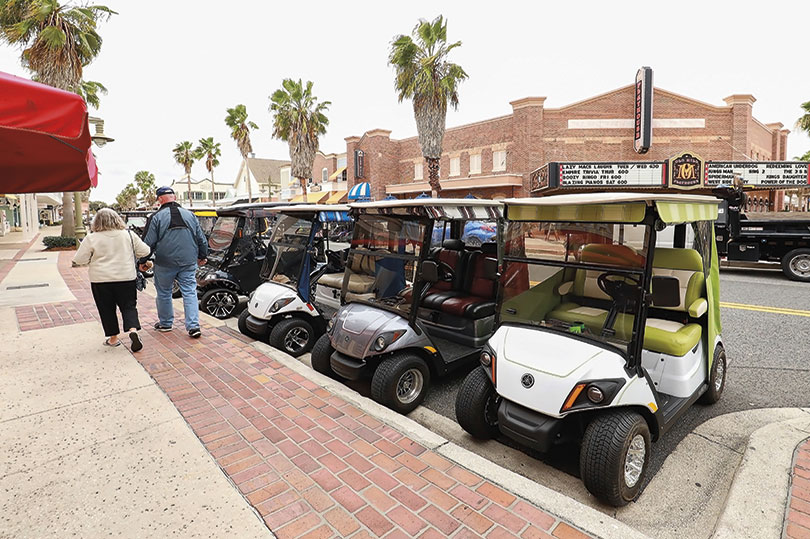
Business magazine Fast Company is bullish on golf cars.
In a recent article, Fast Company heralded golf cars as an efficient, less-expensive alternative to traditional automobiles. Noting that in August the average price of a new car hit a record $48,301, 10 percent higher than just a year earlier, the magazine also noted major carmakers’ continuing move towards larger and larger cars while midsize sedan lines fall by the wayside.
Carmakers should be wary, the magazine stated, then posed a question: “How might emergent challengers to the automobile appear? In the seemingly innocuous form of a golf cart or e-cargo bike.â€
Citing Clay Christensen’s 1997 book The Innovator’s Dilemma, the magazine laid out a formula: a successful, dominant company asks customers what they want, customers respond with requests for better but non-transformative version of what they already have, and the product grows better and more sophisticated without fundamentally changing. Then a new player comes along with something that is completely different and offers less performance, but at a lower price. It gains a foothold and starts building.
“By the time the incumbents realize they face a mortal threat, it’s too late,†the article says. “They’ve lost too much market share, and they don’t have the time or expertise necessary to compete in a transformed market. They’re soon finished, and the challenger becomes the incumbent.â€
Fast Company theorized that this could be happening in the automotive sector where many smaller vehicles, including street legal golf car variations, are now moving into the bottom price end of the market.
“While few people embarking on a long journey would choose an e-bike or a golf cart over a car, many Americans might do so for the roughly 60% of trips that are under six miles,†the story says. “Beyond the opportunity to save money, using a golf cart or e-bike in lieu of a car makes it easier to find parking and offers a chance to enjoy the open air (and perhaps burn a few calories). Few small vehicles can exceed 25 mph, but downtown traffic in many dense cities seldom moves much faster than that.â€
The story also noted that increasingly dense and crowded cities do not always mesh well with increasingly large cars and trucks, even as various municipalities figure out ways to create laws and infrastructure for smaller vehicles.







